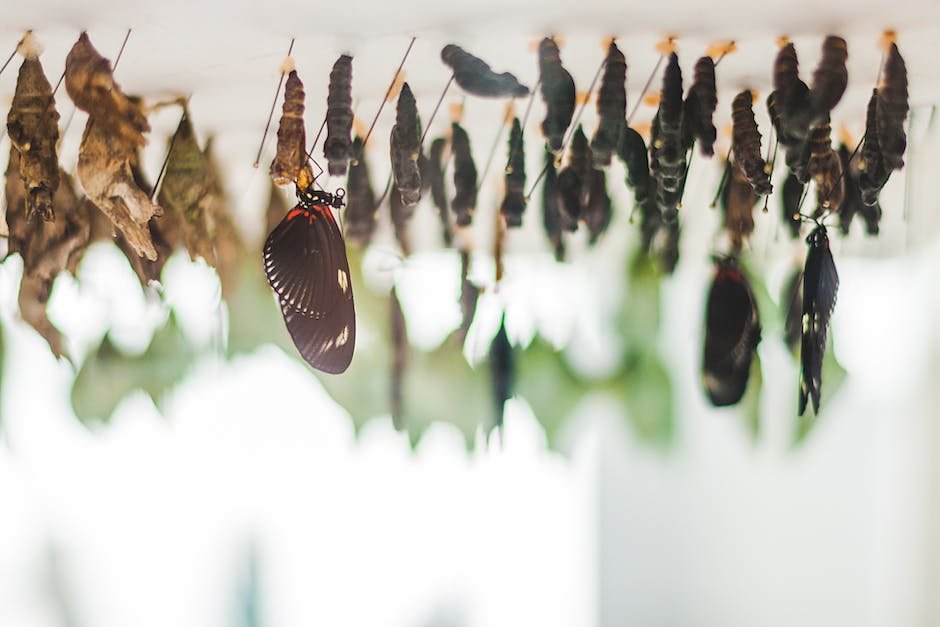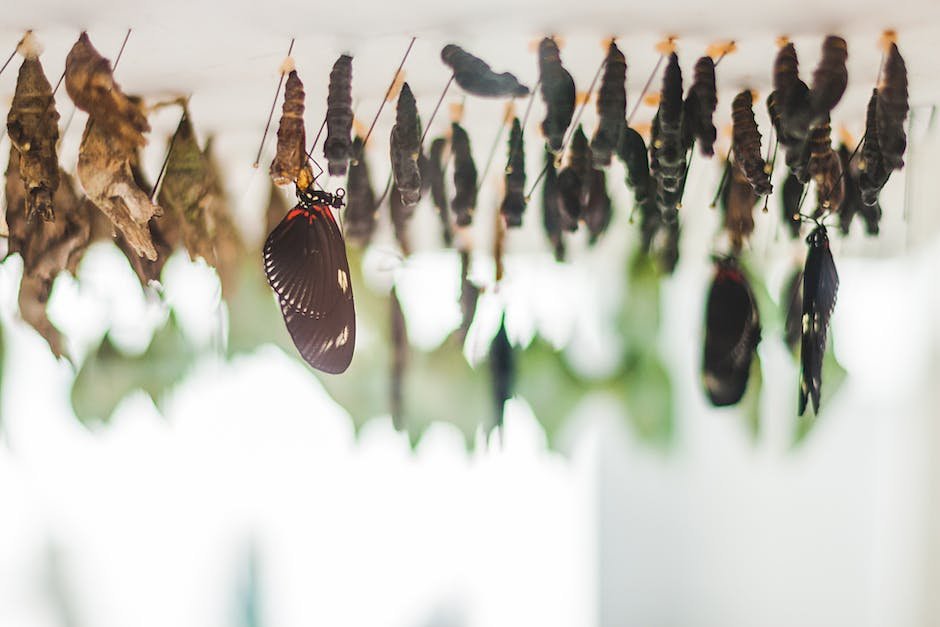Contents
The diamondback moth is a small, destructive insect that feeding on a wide range of crops, including broccoli, cabbage, and kale. The moth gets its name from the white diamonds on its back. The female diamondback moth can lay up to 500 eggs at a time. The eggs hatch in about a week, and the larvae start feeding on the leaves of the plants. The larvae go through several stages of development, or instars, before they become pupae. The pupae are small, dark-colored cocoons. The adult moths emerge from the pupae after about two weeks.
The diamondback moth is an insect that belongs to the order Lepidoptera and the family Plutellidae. It is native to Europe, but it has been introduced to other parts of the world, including North America, where it is considered a pest of crops such as cabbage, broccoli, and kale. The diamondback moth gets its name from the pattern of white spots on its back, which resemble diamonds.
Do diamondback moths bite?
Diamondback moths are mostly harmless insects. They do not sting or bite humans. However, they’re considered economic pests because of the damage they cause to cole plants by the insect larvae. They’re difficult to control due to their resistance to chemical insecticides.
Diamondback moth infestations can be serious when they damage the crowns or growing points of young plants or Brussels sprouts. Older larvae chew small holes or feed at the growing points of young plants and chew floral stalks and flower buds.
Where do diamondback moths live
The diamondback moth is a destructive pest of cabbage and other cruciferous vegetables. It was first observed in North America in 1854, but had spread to Florida and the Rocky Mountains by 1883, and was reported from British Columbia by 1905. In North America, diamondback moth is now recorded everywhere that cabbage is grown. The larvae of the moth feed on the leaves of the cabbage plant, causing extensive damage. The adult moths are attracted to light, and can often be found around porch lights and streetlights.
This is a small greyish brown adult with pale whitish narrow wings and yellow inner margins. The forewings have three white triangular spots along the inner-margin, and the triangular markings of the opposite wings appear as diamond shaped. The hind wings have a fringe of long fine hairs.
What kills diamondback moth?
Bt is an effective insecticide on diamondback moth and is a ‘soft’ chemical on natural enemies. Apply Bt late in the day or early evening to minimize UV breakdown, and ensure the insecticide is applied within 2 hours of mixing. When using agricultural chemicals always read the label or permit.
If you see moths emerging from the cocoons you can squish them, to prevent them from laying eggs. During the fall and winter, look for egg masses. Scrape any you find into a container of soapy water and let soak for about 2 days.
What attracts moths to humans?
Moths are not mindless creatures that just eat clothes for the fun of it. In the wild, moths serve an important role in the ecosystem by eating dead leaves and other plant matter. Clothing made from natural fabrics like wool and cotton provide a good food source for moths, which is why they are attracted to them.
If you have moths in your home, there are a few things you can do to get rid of them. Start by vacuuming regularly, and make sure to empty the vacuum bag after each use. You should also keep your clothing and other fabrics stored in airtight containers or closets. Be sure to wash any dirty clothing before storing it, as moths are attracted to dirt and sweat. You can also purchase moth traps from your local hardware store or online.
Moths may not be aggressive creatures, but they can cause economic damages and be a nuisance to have around the house. They are attracted to lights and often flutter around them, which can be annoying. Additionally, moths can damage clothes and other materials by eating them. If you have moths in your home, you may want to take steps to get rid of them.
Are moths helpful to humans
Moths are vital to food webs and are an important food item for songbirds, mammals, and other insects. Moths are also important pollinators, particularly those that are active after dark.
Moths are mostly harmless, fluttering insects that are not physically able to bite humans. However, there are a few exceptions, including the “vampire moth.” The most that will happen if a moth comes into contact with a human is that it will leave behind a little dust as it flies away.
How long does a Death moth live?
Adult death heads have a relatively short life span and only live about 6 weeks. Caterpillars take about 3-5 weeks to grow, after which they enter a pupa phase which lasts for about a month.
The Hera Moth is a prodigious traveller, regularly migrating northwards to reach all parts of Europe. Despite its real home being in the warmth of southern Europe, Africa and the Middle East, the Hera Moth regularly makes the journey to Britain where it was probably more common in the past.
What do diamondback moths eat
The diamondback moth caterpillar is a little voracious creature that feeds on all plant parts, but seems to prefer the undersides of older leaves, crevices between loose leaves, and young buds. These pests can eat small holes in leaves and buds, or feed superficially on the plant’s surface. While adult moths don’t feed on plants, they can spread disease if they visit gardens while storing up nectar for their larvae.
The larvae are voracious eaters and can cause significant damage to crops. The adult moths are generally brown with a diamond-shaped pattern on their wings. They are active flyers and can cover large distances in search of mates and suitable host plants.
What do ghost moths look like?
These moths are incredibly fascinating creatures, and their appearance is quite unique. They settle hanging by their exposed forelegs, with their wings closed, presenting an elongated dark grey or brown shape. However, often there is a prominent white streak or two, and the underlying markings are impressively intricate. Relative to their size, they have long, narrow wings. This make them stand out among other types of moths, and they are definitely an interesting species to learn more about.
Adding any of the above-listed herbs to your cedar hang-bags will help to keep moths away. The strong smell of these herbs is offensive to moths and will help to keep them from infesting your clothes and food.
What animals hate mothballs
Mothballs are sometimes used illegally to repel pests not listed on labels. Some of these “off-label pests” include: squirrels, skunks, deer, mice, rats, and snakes, among others animals. While mothballs may be effective at repelling some of these pests, using them for this purpose is not recommended. Mothballs can be toxic to humans and animals, and can cause health problems if inhaled or ingested. If you must use mothballs to repel pests, be sure to use them according to the label directions and keep them out of reach of children and pets.
Moth eggs and larvae can be killed by a combination of sunlight and vigorously brushing the infested items.
What bug turns to dust when killed
Drain flies are harmless insects that are often found near drains or other damp areas. They are not known to bite or Carry diseases, but their presence can be a nuisance. If you find drain flies in your home, you can often get rid of them by cleaning the affected area and eliminating their food source.
There is strong evidence that insects experience pain, just as we do. This was first discovered in a study done in 2004, which found that cockroaches and termites reacted to painful stimuli in a way that was similar to how humans react to pain. Since then, additional studies have found pain responses in flies, mosquitoes, sawflies, wasps, bees, ants, and butterflies. Insects experience pain in a similar way to humans, and it is thought that they may even feel pain more intensely than we do. This is because their nervous systems are very different from ours, and they have a higher density of pain receptors.
Can moths bite you
Moths generally don’t pose much of a threat to humans since they lack mouths and can’t bite. There are some species of caterpillars that can sting, but these generally go through a metamorphosis into moths before they’re able to attack people.
Moths are not often thought of in a positive light, but they can actually be quite beautiful creatures. They are commonly associated with a few central themes: change, transformation, endings, death, and even the mystery of the night. While they may not be the most popular of insects, they definitely have an interesting place in our world.
Final Words
The diamondback moth is a small, but destructive, insect that feeds on brassica crops, such as cabbage and broccoli. The diamondback moth gets its name from the diamond-shaped pattern on its back. Although it is a native of Europe, the diamondback moth has spread to other parts of the world, including North America, where it is now a major pest of brassica crops. The diamondback moth is difficult to control because it can rapidly develop resistance to pesticides.
The Diamondback Moth is an interesting animal that is native to North America. It is a small, brown moth with a wingspan of only about 1/2 an inch. The Diamondback Moth gets its name from the diamond-shaped markings on its back. This moth is a moth that is attracted to light. The Diamondback Moth is not a harmful moth and is actually considered to be a helpful moth because it is a pollinator.

0 Comments